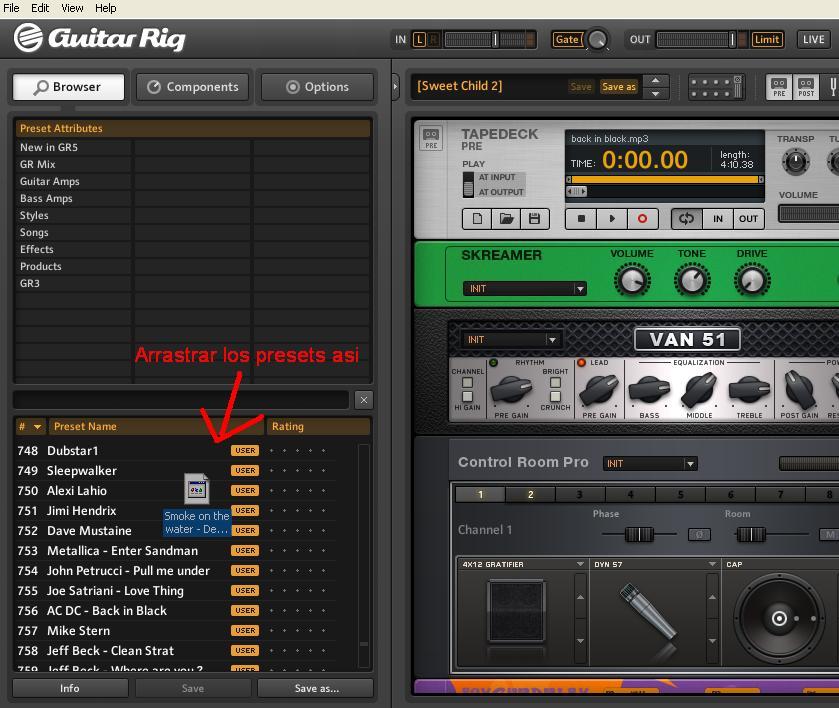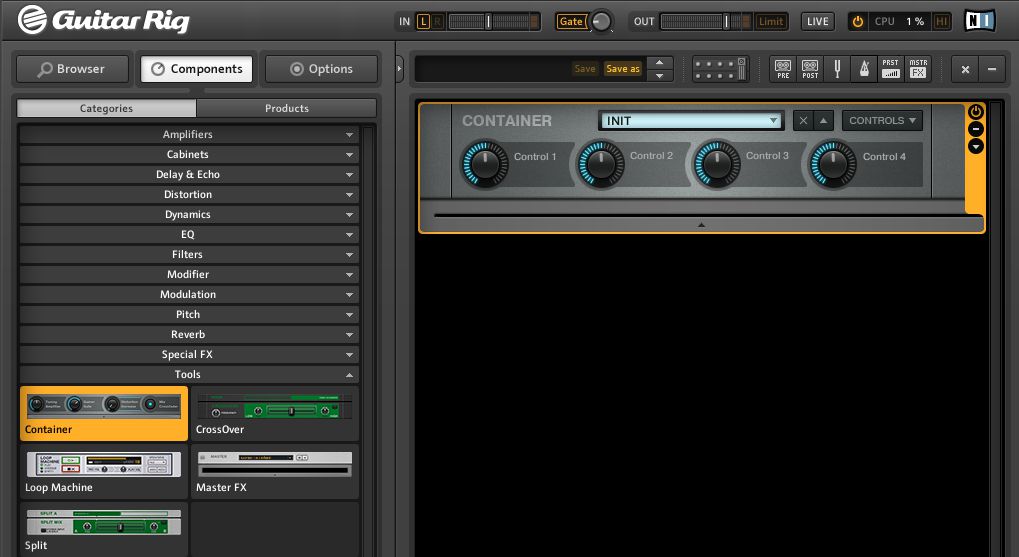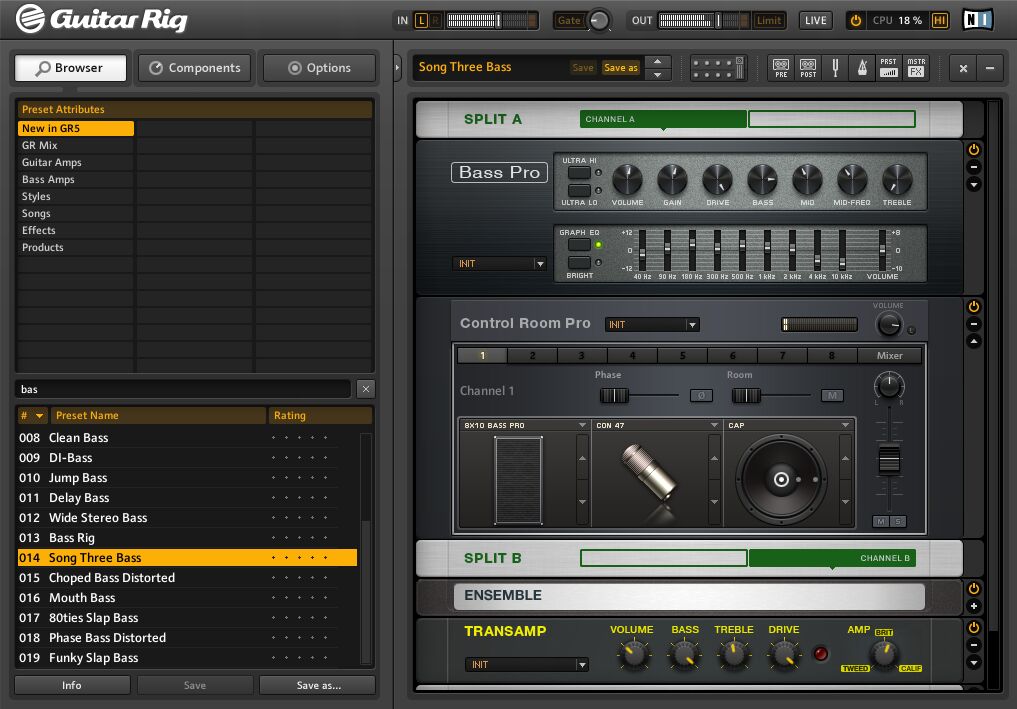

- GUITAR RIG 5 REQUIREMENTS HOW TO
- GUITAR RIG 5 REQUIREMENTS INSTALL
- GUITAR RIG 5 REQUIREMENTS UPDATE
- GUITAR RIG 5 REQUIREMENTS PRO
It’s a bit strange saving favorites to colors, but it works well enough as an easy sorting system.

You can add presets to more than one color favorite and easily bring up those favorites by clicking the color dots on the top of the panel. If you find a preset you like, right-click it in the list and you can save it to one of the color-codes: If you’re new to Guitar Rig, I recommend starting here to hear the wide range of tones and effects Guitar Rig 6 can produce outside of typical guitar amp tones. I always used Guitar Rig 5 for wild effects, so when I first installed Guitar Rig 6, I immediately searched for presets under the ‘Experimental’ genre. There are a ridiculous number of presets, but you can easily narrow your search down with the handy filters.įor example, you can start by selecting Guitar as your Input source (Guitar Rig has been popular over the years with non-guitarists), then narrow the presets down further by selecting the type of effect you want, genre, or overall type of tone. The presets view on the left panel is a great way to learn what Guitar Rig 6 has to offer.
GUITAR RIG 5 REQUIREMENTS HOW TO
Learn about all of these settings and how to connect your guitar to a PC in this guide. Here you can select your interface, set up the sample rate, fix latency issues, and set up your inputs and outputs.

If you run Guitar Rig as a standalone application, you can set up your audio interface under the preferences section by clicking the upper left logo, then File > Preferences > Audio (Ctrl + ‘,’ shortcut).
GUITAR RIG 5 REQUIREMENTS INSTALL
If you install it as a plugin, you can open it in any DAW to use for your recordings ( learn about the Best DAWs for Guitar here). Guitar Rig 6 can be installed as a VST plugin, AAX plugin, and as a standalone application. To give you an idea of whether Guitar Rig 6 is for you or not, I’ll walk through the main features and how to use it. There’s a lot of features I could talk about, but instead of talking about the number of amps and models like you can easily check on the Guitar Rig website, I’ll walk through how you use the plugin. Guitar Rig 6 keeps this interface and I’m glad to see it has remained unchanged. Guitar Rig has always been different than other guitar amp and effects plugins in that you build your rig by stacking components vertically as shown above. The right panel displays your rig and the left panel displays presets and components. Guitar Rig 6 keeps the main layout and ideas from previous versions but gives it a modern look. If you have used Guitar Rig 5, the first thing you’ll notice when you load version 6 is the updated interface:
GUITAR RIG 5 REQUIREMENTS UPDATE
Start Service Center or alternatively log into the Native Instruments Website and go to Support > Updates to update to the latest version of your software.īoth computers must have the same operating system installed (eg. GUITAR RIG 5.1.1) must be installed on both computers. Note: To access a GUITAR RIG 5 preset database with more than one computer, it is recommended to use the GUITAR RIG 5 default installation paths and folders.įirst, make sure your different systems fulfill the requirements listed below: GUITAR RIG 5 uses a tag-based preset browser to facilitate sound administration. Since GUITAR RIG 5 the preset database structure has changed.
GUITAR RIG 5 REQUIREMENTS PRO
How can I Share my GUITAR RIG 5 PRO Custom Presets Across Different Computers (Windows)? The custom presets here: C:/Users//Documents/Native Instruments/Guitar Rig 5/Sounds

By default the database (including the custom tags, etc.) is located in this hidden folder:Ĭ:/Users//AppData/Local/Native Instruments/Guitar Rig 5


 0 kommentar(er)
0 kommentar(er)
